Visitor biosecurity management
2 min read
Biosecurity on your farm involves taking measures to protect the health of your animals and prevent the spread of pests and diseases. The page highlights simple controls such as having one clear entry point, displaying biosecurity signage, using a visitor sign-in form, and setting specific rules for overseas visitors. Emphasis is placed on cleaning and disinfection procedures, especially for visitors' boots. Guidelines for creating specific farm policies and procedures are included, and the page outlines the use of red, orange, and green zones to map out and manage risk areas on your farm.
Anyone coming onto the farm is entering your farm ‘bubble’ and may pose a risk to the health of your animals or bring weeds and pests along for the ride.
To reduce the risk, it’s important to set up some simple controls on your farm.
A cleaning and disinfection point is vital to prevent the spread of diseases and weeds. All visitors should clean and disinfect their boots and hand sanitiser or hand wash facilities are good to have as well.
When washing boots, ensure that all the visible dirt and muck is removed, and pay special attention to the soles. Disinfectant doesn’t work on dirty boots. Spray a generous amount of disinfectant around the bottom and soles of the boots. It’s a good idea for visitors to clean and disinfect their boots again when they leave.
A farm policy of having animals in the yards for vet visits (if possible), and machinery close to the visitor arrival area for routine maintenance visits, to reduce the need for these visitors to go on farm into paddocks.
A farm procedure for where visitors can go should be well communicated with farm staff and include the following points:
Reduce the risk of exposure to pests, weeds and disease. Use the red, orange, green system to map out zones on your farm.
General rules for the red, orange, green zones:
| Red | No go areas for visitors, tankers, livestock trucks (i.e paddocks and heifer rearing sheds). Red zones can only be entered after carrying out visitor biosecurity requirements. |
| Orange | Areas that have a mix of cows, farm staff, visitors and equipment (i.e. the milking shed and bobby calf sheds) |
| Green | Areas that have unrestricted access to visitors, their vehicles, tankers and livestock trucks but restricted access by cows (i.e. the milk tanker track, access tracks to houses on farm, bobby calf and slink pick up points). |
Here are some examples to show you how to zone your farm.
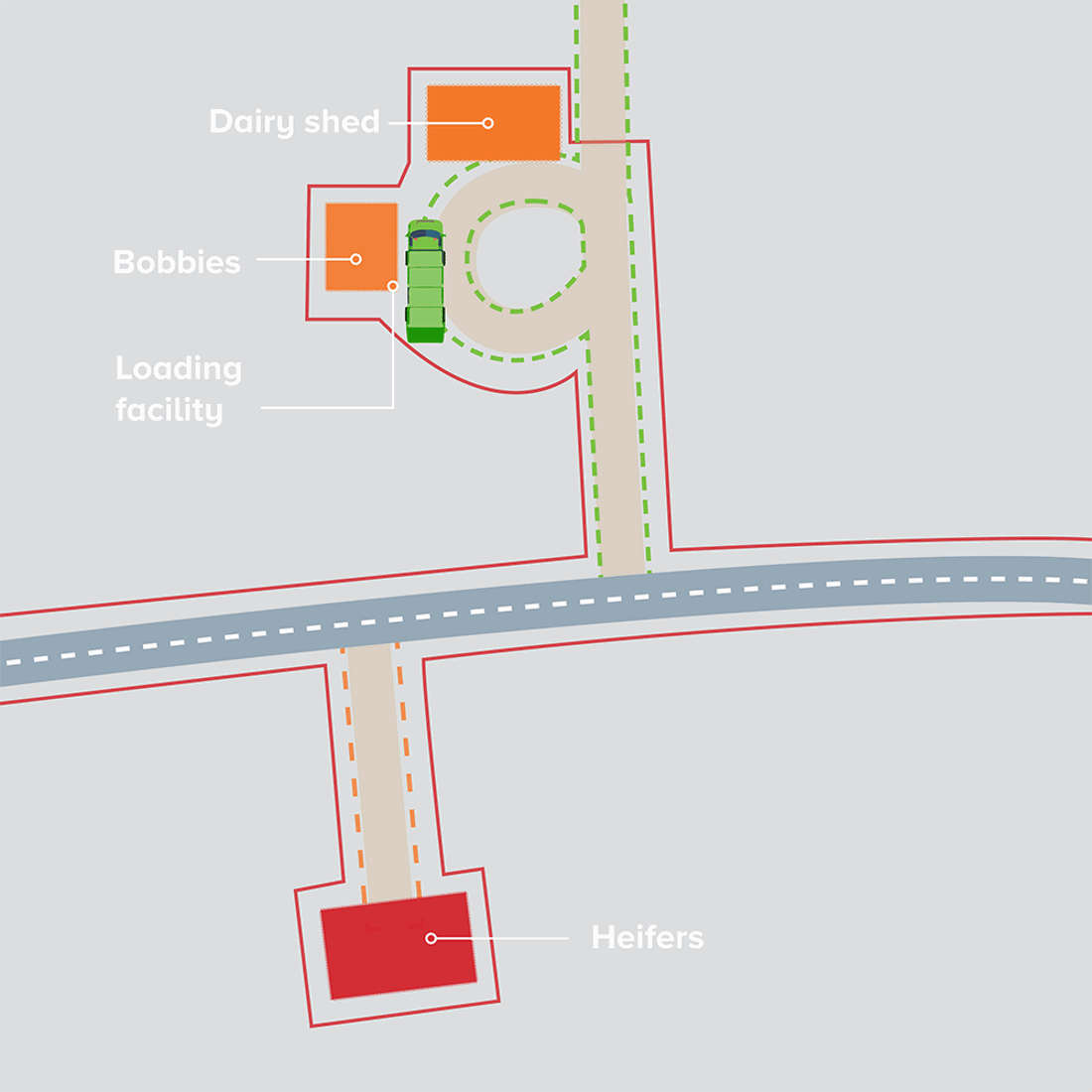
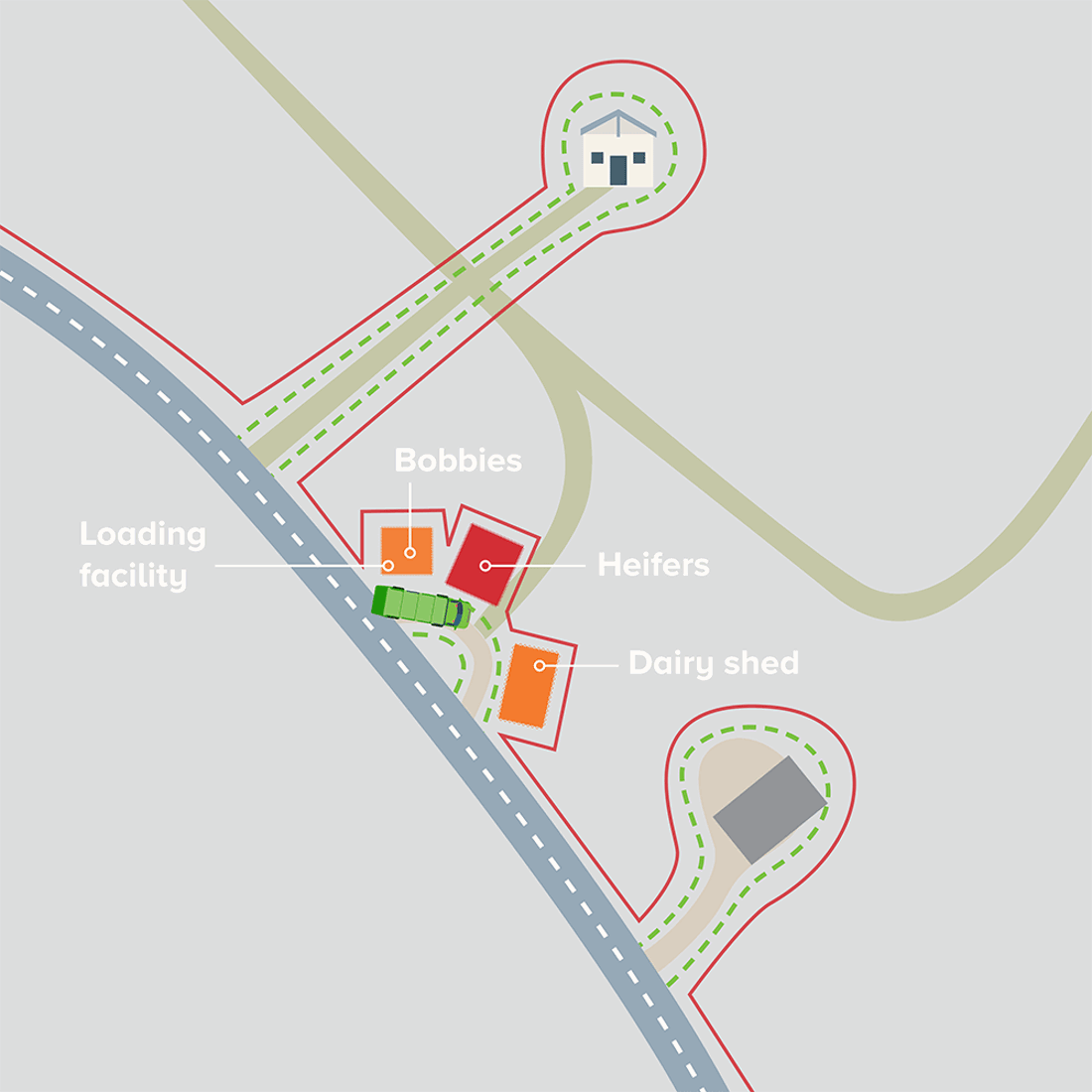
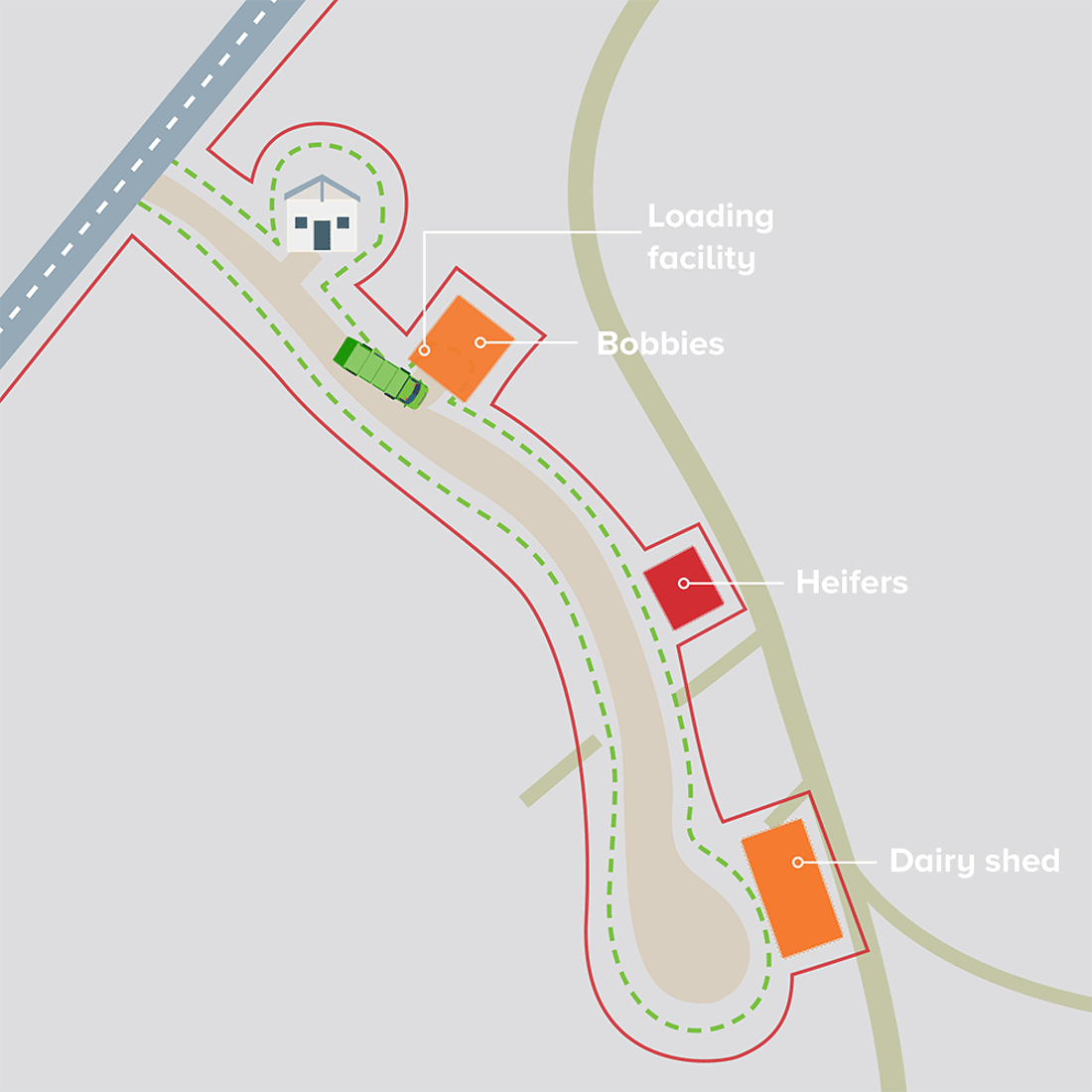
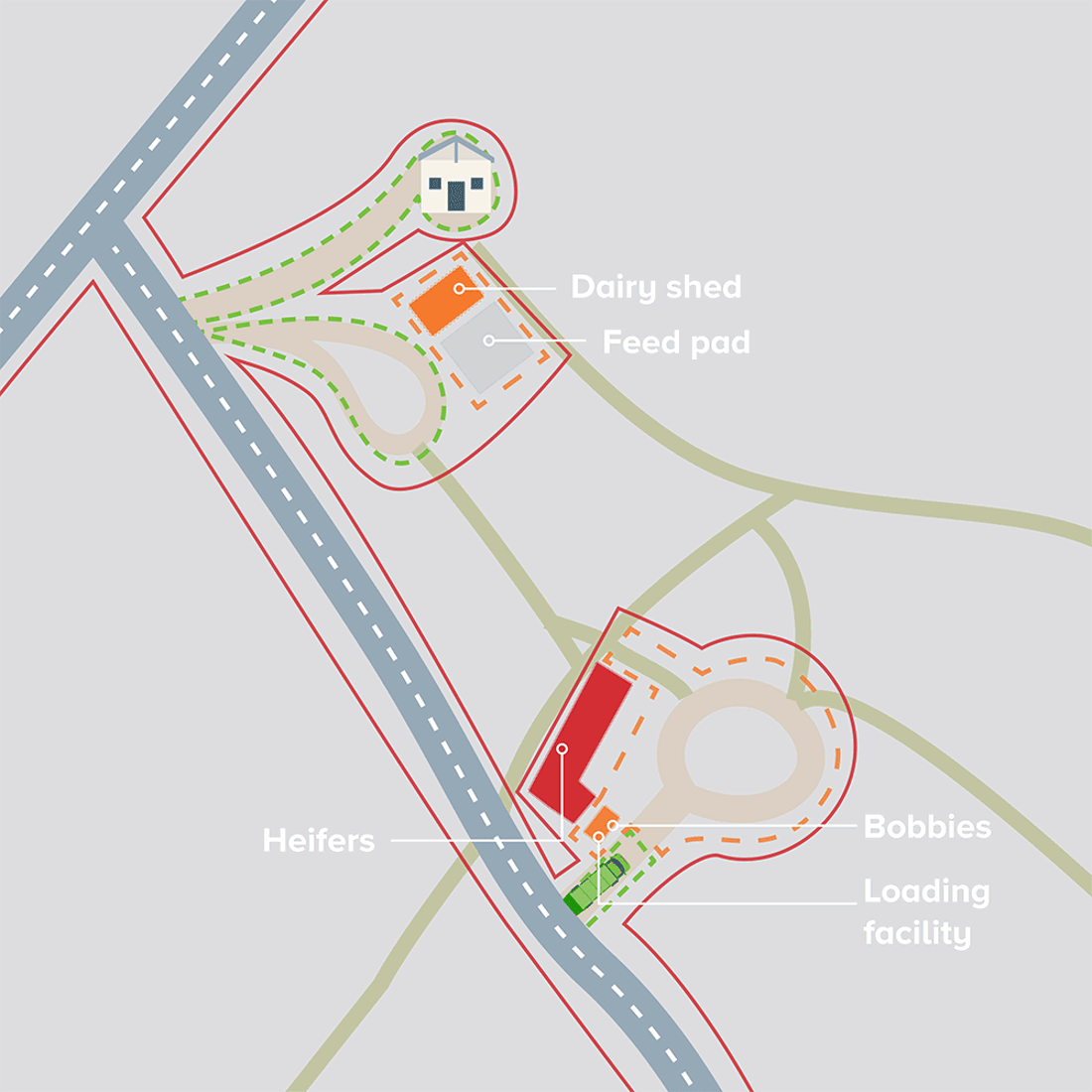

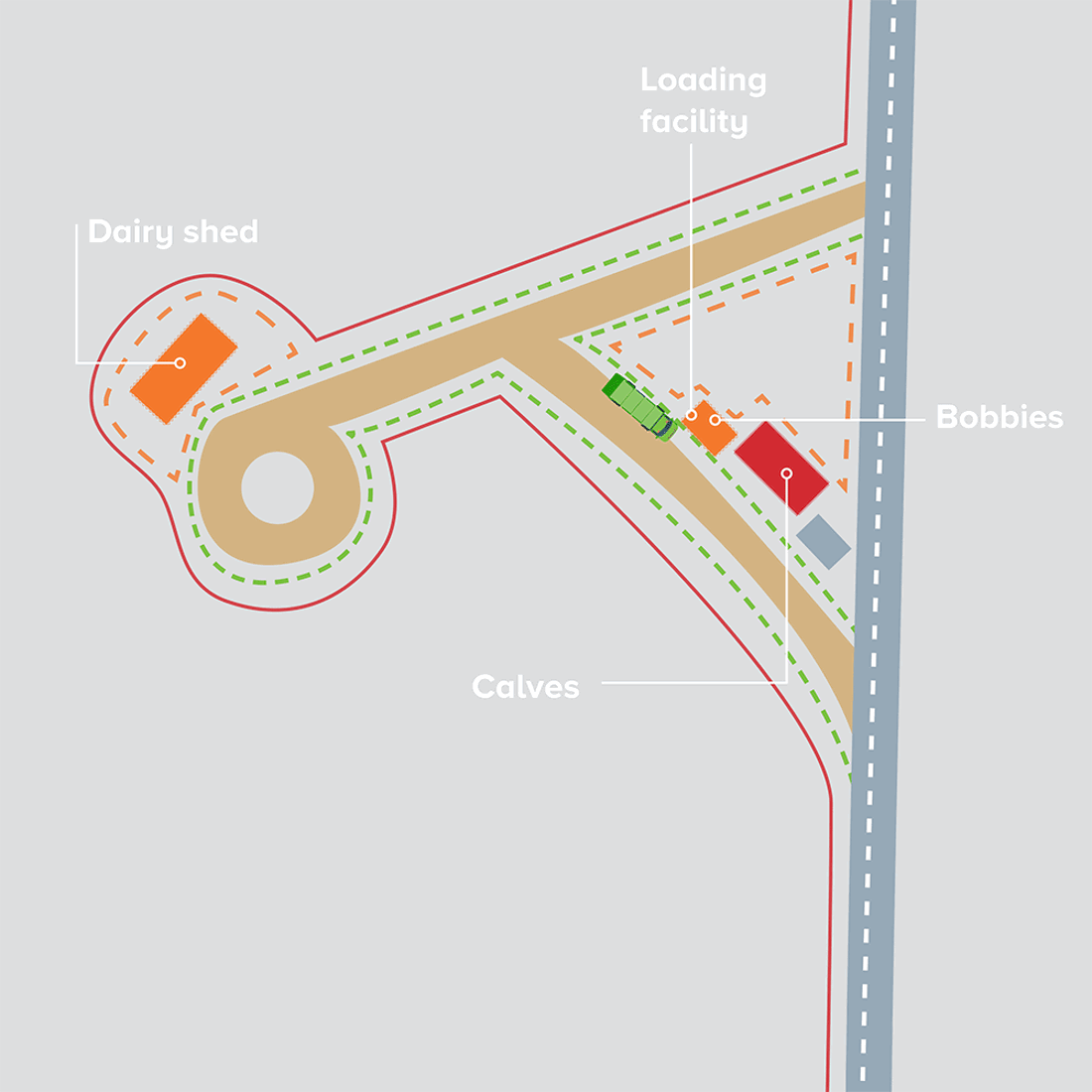
Now’s the perfect time to check in, plan, and set up for a strong season. We’ve pulled together smart tips and tools to help you stay ahead all winter long.
Whether you prefer to read, listen, or download handy guides, we’ve got you covered with trusted tools to support your journey every step of the way.
Put our proven strategies and seasonal tools to work. Boost production, support animal health and watch your profits hum.
Tools that are backed by science, shaped by farmers and made for this season.
That’s Summer Smarts.